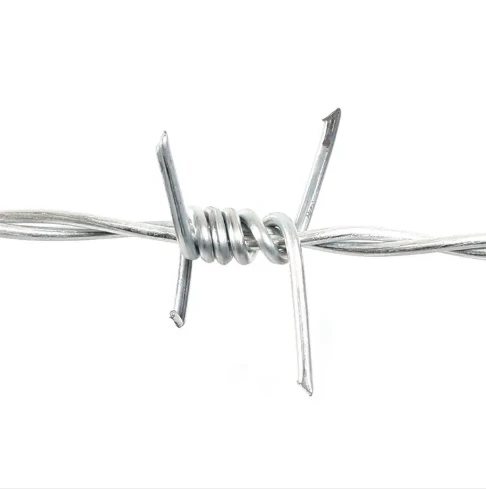Dic . 11, 2024 12:32 Back to list
Types and Uses of Construction Nails for Building and Repair Projects
Understanding Construction Nails Types, Uses, and Best Practices
Construction nails are essential fasteners in the building and carpentry industries, playing a crucial role in the assembly of various structures and objects. These small yet mighty items come in various shapes, sizes, and materials, each serving a specific function and application. Understanding the different types of construction nails, their uses, and best practices for installation can significantly enhance the efficiency and quality of any construction project.
Types of Construction Nails
1. Common Nails As the name suggests, common nails are widely used in general construction tasks. They are typically longer and thicker than other types of nails, making them ideal for framing and structural applications. Common nails can hold substantial weight, making them suitable for decking, siding, and roof sheathing.
2. Finishing Nails These nails are thinner and have smaller heads, making them a favorite for projects where appearance is crucial. Finish nails are often used in cabinetry, trim work, and molding, as they can be driven in and their heads can be easily concealed without compromising aesthetics.
3. Brad Nails Brad nails are even finer than finishing nails and are used primarily in delicate work, such as attaching thin pieces of wood or decorative trim. They are often employed in the assembly of lightweight furniture and crafts, where minimal penetration is required.
4. Roofing Nails Specifically designed for securing roofing materials, roofing nails have a large, flat head to provide better holding power against the elements. They are ideal for fastening shingles, tiles, and other roofing materials, ensuring a weather-tight seal.
5. Duplex Nails Recognizable by their double head, duplex nails are designed for temporary structures or frameworks. The second head allows for easy removal, making them suitable for formwork or scaffolding where the structure will be taken down after a specific use.
6. Concrete Nails Made of hardened steel, concrete nails are designed for driving into masonry and concrete surfaces. They offer exceptional holding power and are typically used for attaching wood to concrete or brick.
Uses of Construction Nails
Construction nails find applications across various domains
construction nails

- Framing and Structure Common nails are the backbone of most framing applications due to their strength and durability. - Finish Work Finishing nails are preferred for visible joints to maintain a clean finish, while brad nails excel in delicate tasks that require precision. - Roofing Roofing nails are critical for ensuring that roofing materials remain securely fastened over time, thereby preventing leaks and structural damage. - Temporary Structures Duplex nails are invaluable for temporary setups in construction, allowing for easy dismantling. - Masonry Work Concrete nails bridge the gap between wood and masonry, providing versatility in building materials.
Best Practices for Using Construction Nails
To maximize the effectiveness of construction nails, it is essential to adhere to best practices during installation
1. Choose the Right Nail Always select the appropriate type and size of nail for your specific project. Consider the material, required holding power, and aesthetics.
2. Pre-drill When Necessary For hardwoods or dense materials, pre-drilling can prevent splitting and ensure a cleaner finish, especially with finishing and brad nails.
3. Use the Correct Tools Utilize a hammer, nail gun, or pneumatic tool depending on the nail type and application. Proper tools can enhance speed and reduce fatigue.
4. Follow Spacing Guidelines Adhere to recommended spacing for nails, especially in framing and decking, to maintain structural integrity and load distribution.
5. Inspect and Adjust After installation, inspect the nails to ensure they are securely fastened. Adjust any that may be protruding to maintain a smooth surface.
6. Consider Environmental Factors In outdoor applications, choose corrosion-resistant nails, such as galvanized or stainless steel, to prolong the life of your construction.
Conclusion
Construction nails are the unsung heroes of the building industry, essential for joining materials and ensuring structural integrity. Whether framing a house, crafting furniture, or roofing, understanding the different types of nails and their appropriate uses can lead to higher quality workmanship and improved project outcomes. By following best practices in selection and installation, builders can ensure that their projects stand the test of time.
-
Weather Resistance Properties of Quality Roofing Nails
NewsAug.01,2025
-
How Galvanised Iron Mesh Resists Corrosion in Harsh Environments
NewsAug.01,2025
-
Creative Landscaping Uses for PVC Coated Wire Mesh Panels
NewsAug.01,2025
-
Common Wire Nail Dimensions and Their Specific Applications
NewsAug.01,2025
-
Choosing the Right Welded Wire Sheets for Agricultural Fencing
NewsAug.01,2025
-
Anti - Climbing Features of Razor Wire Barriers
NewsAug.01,2025









